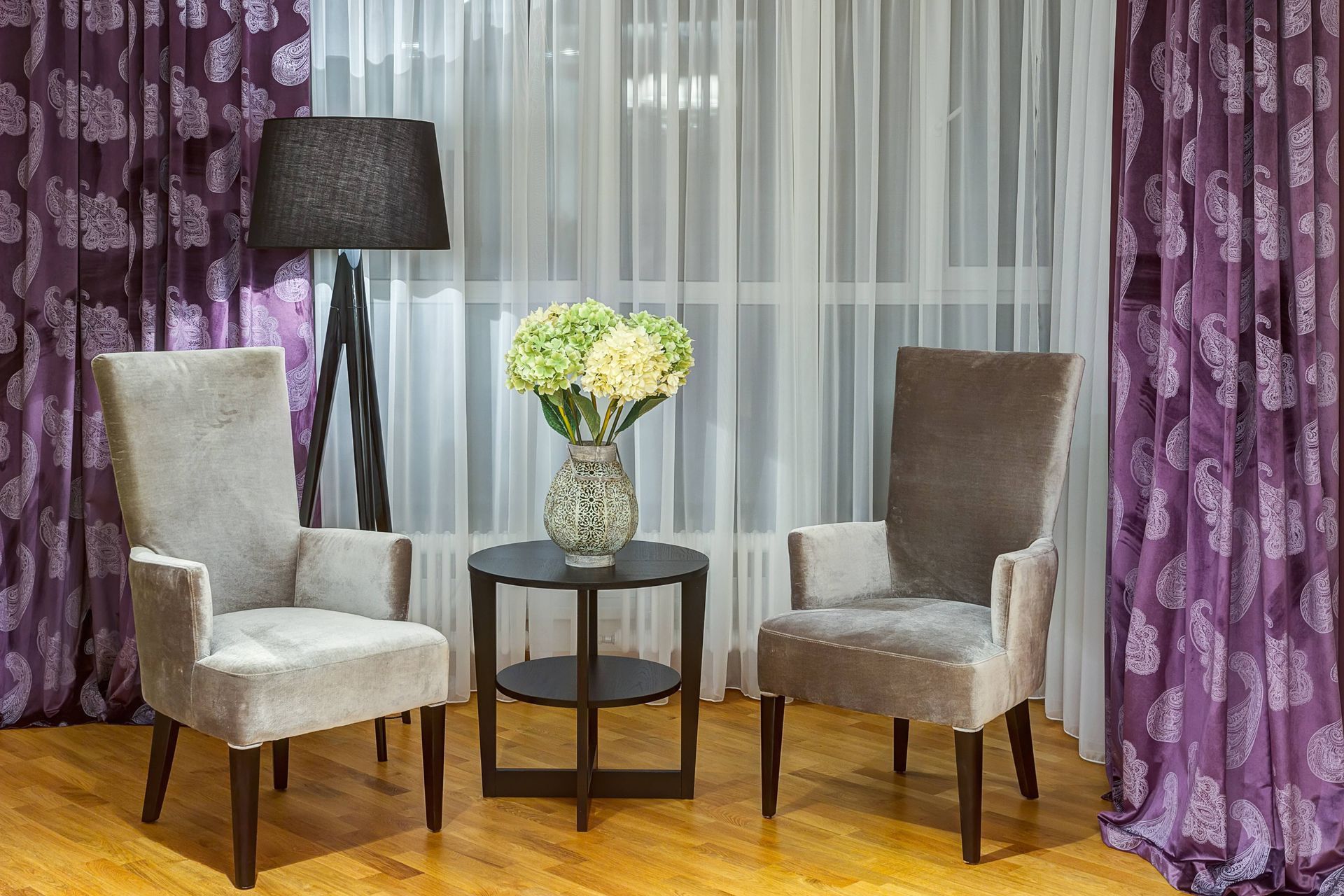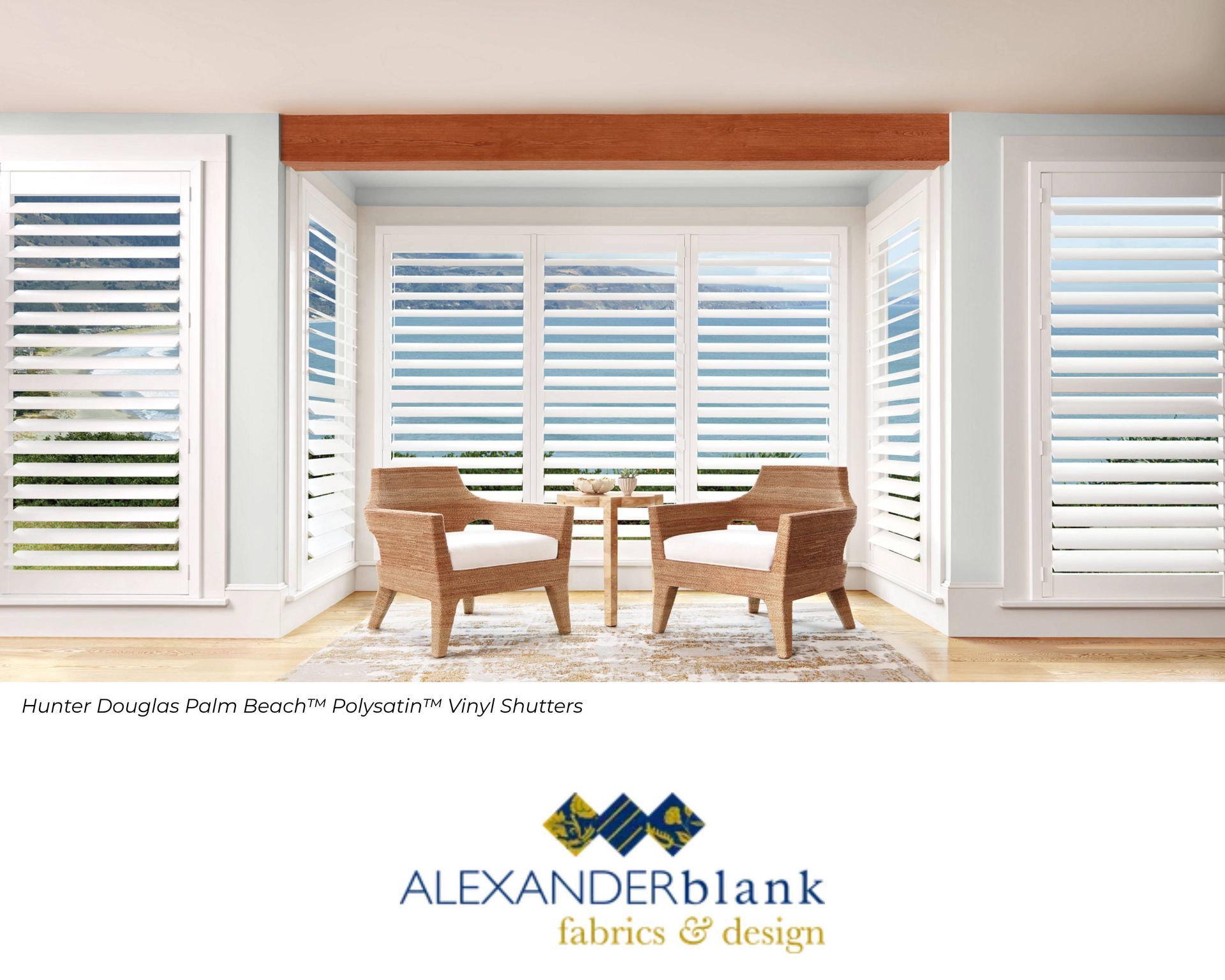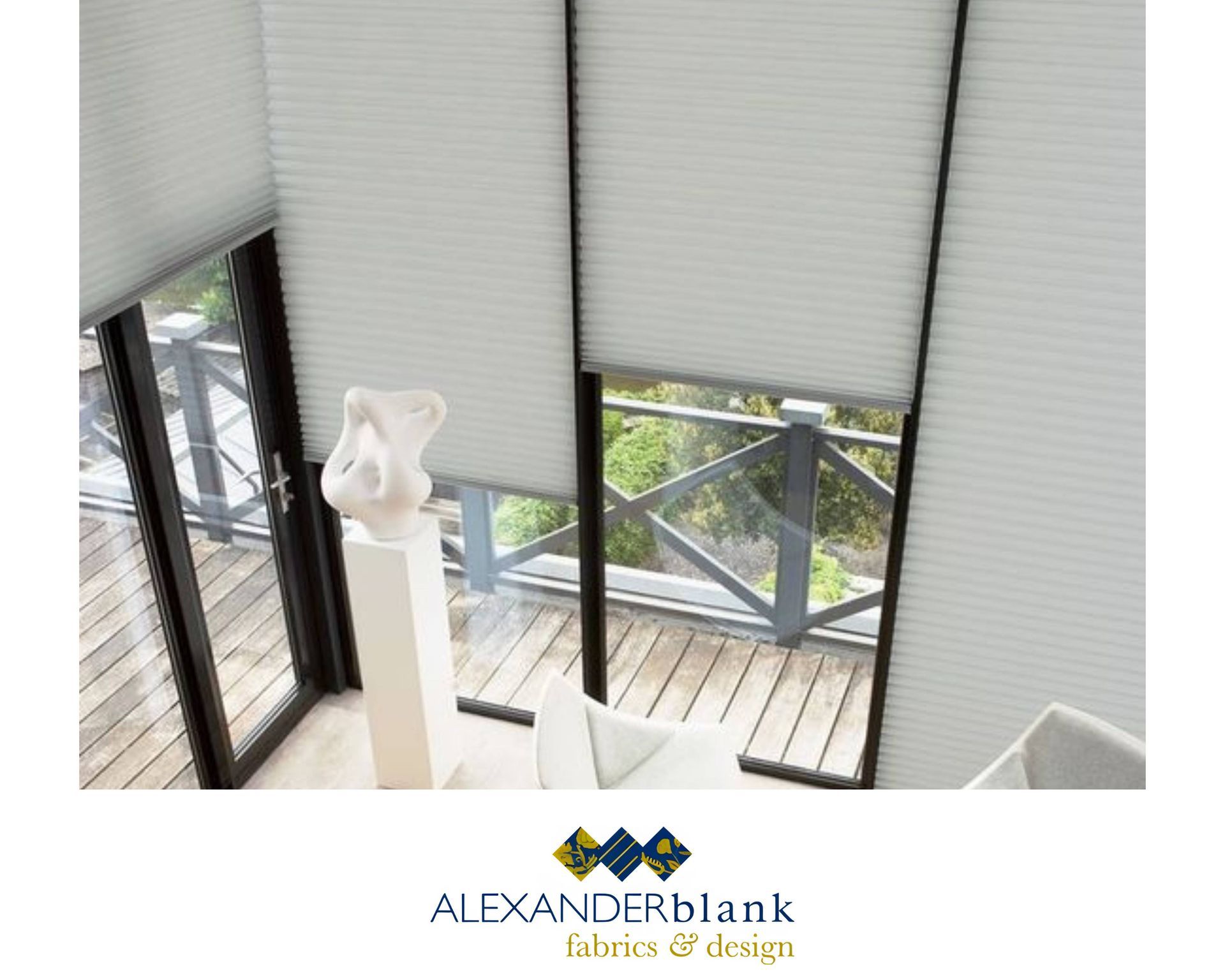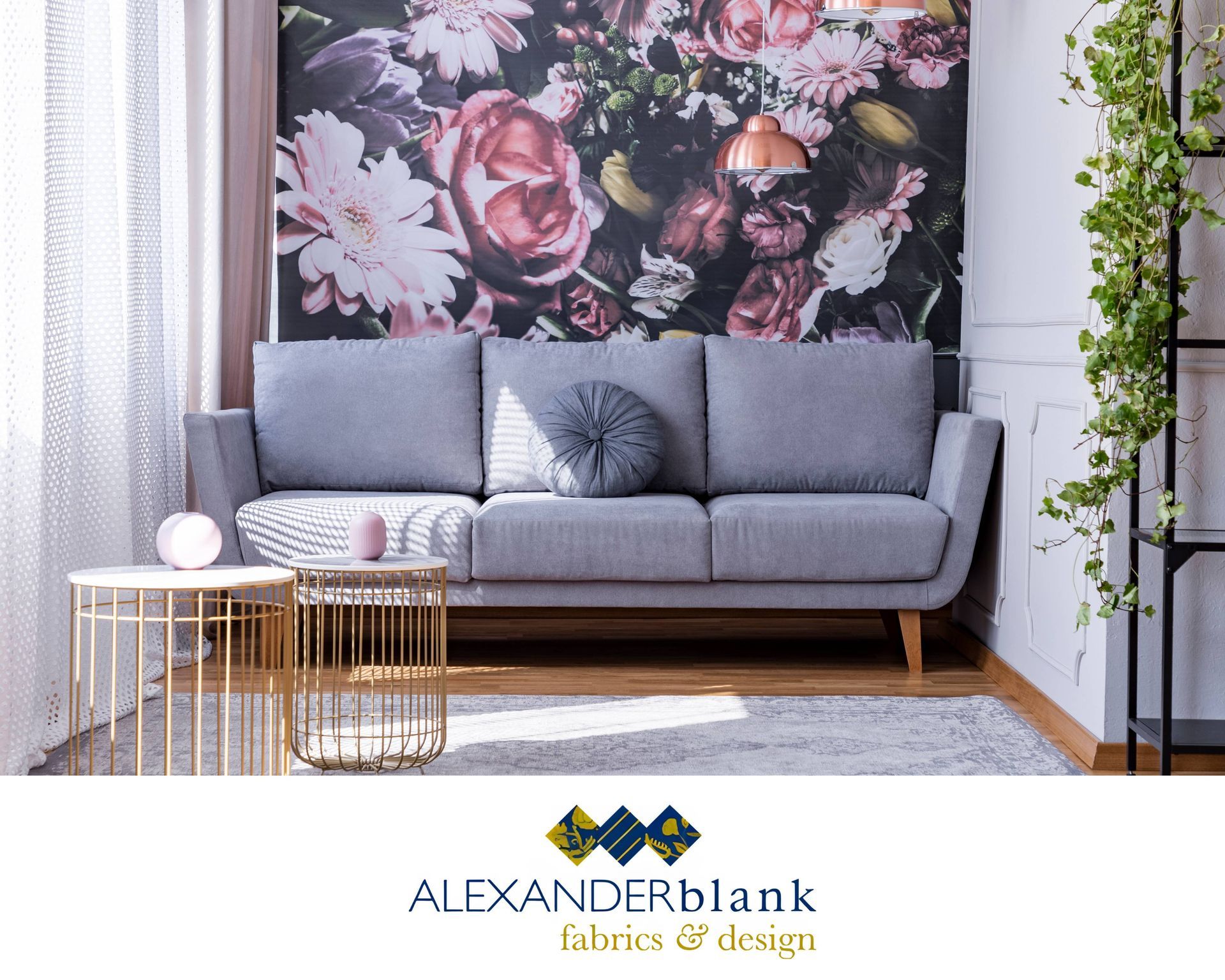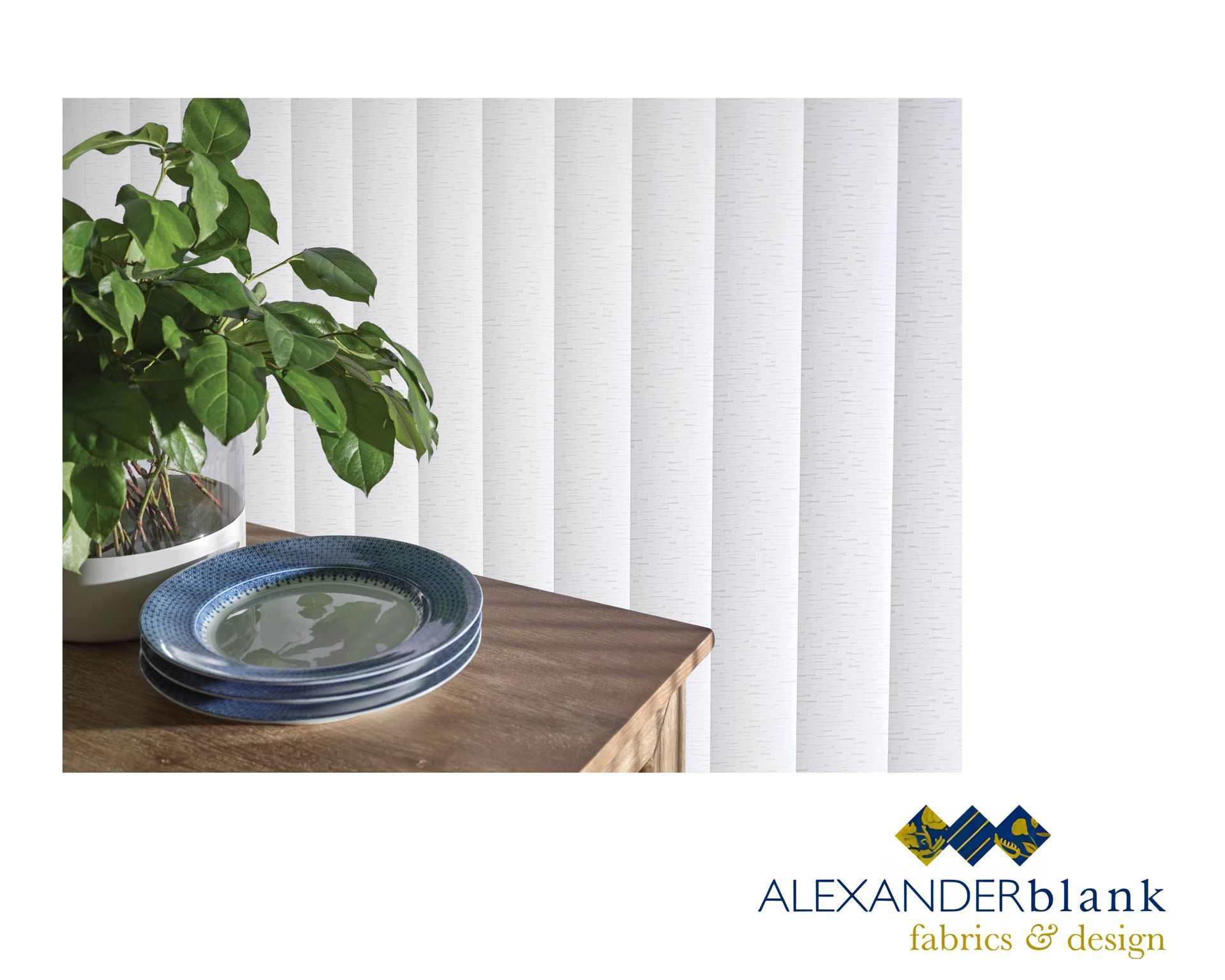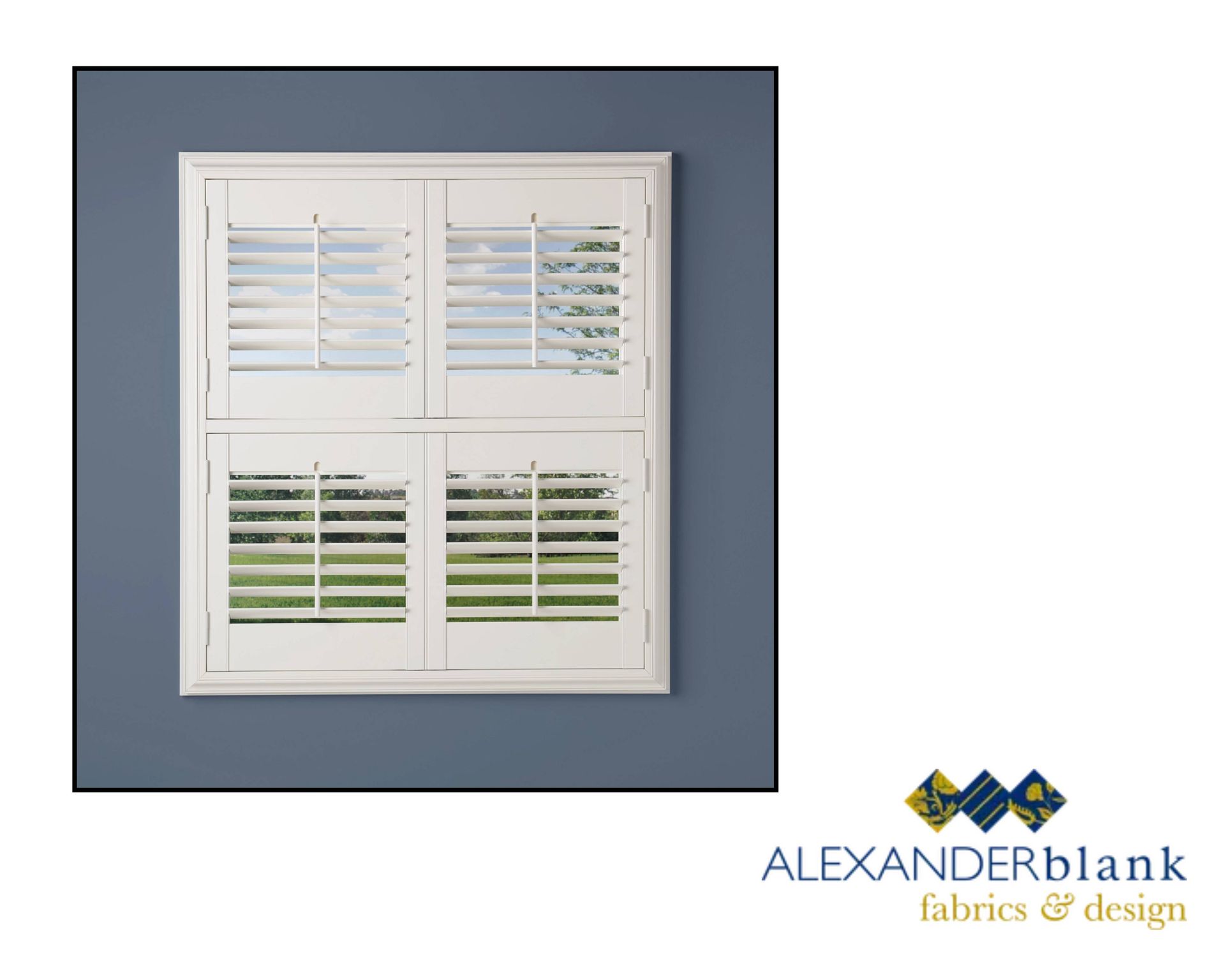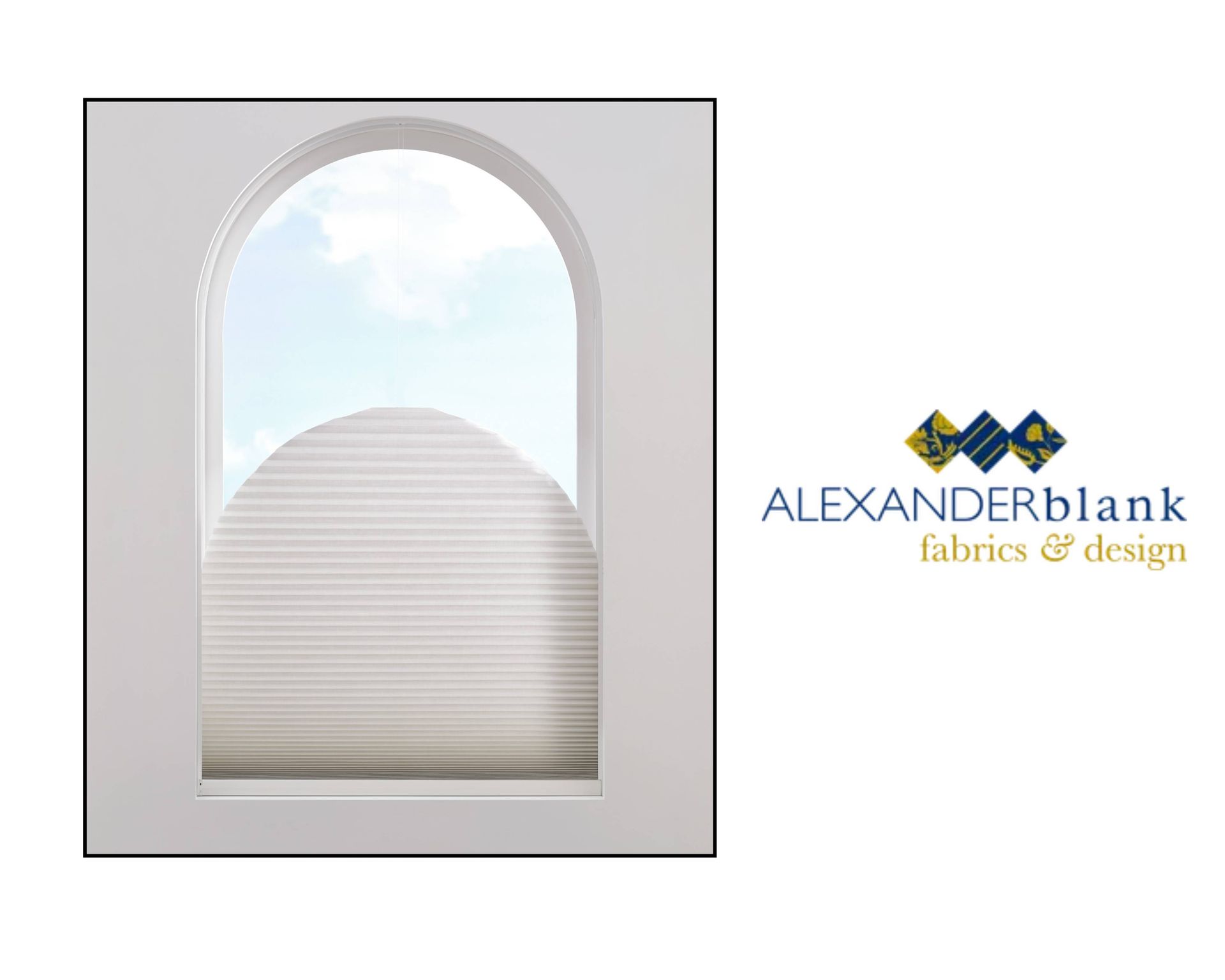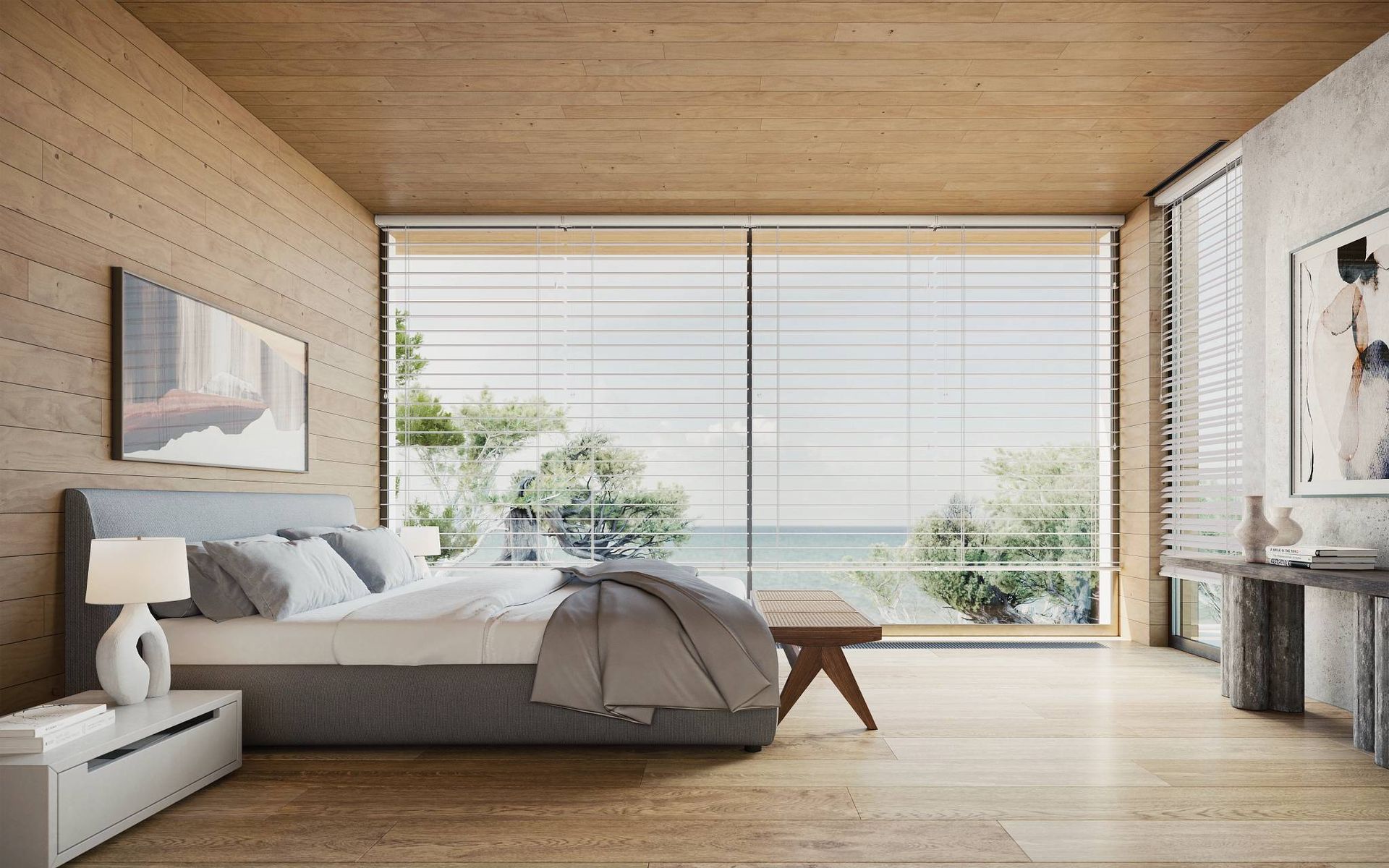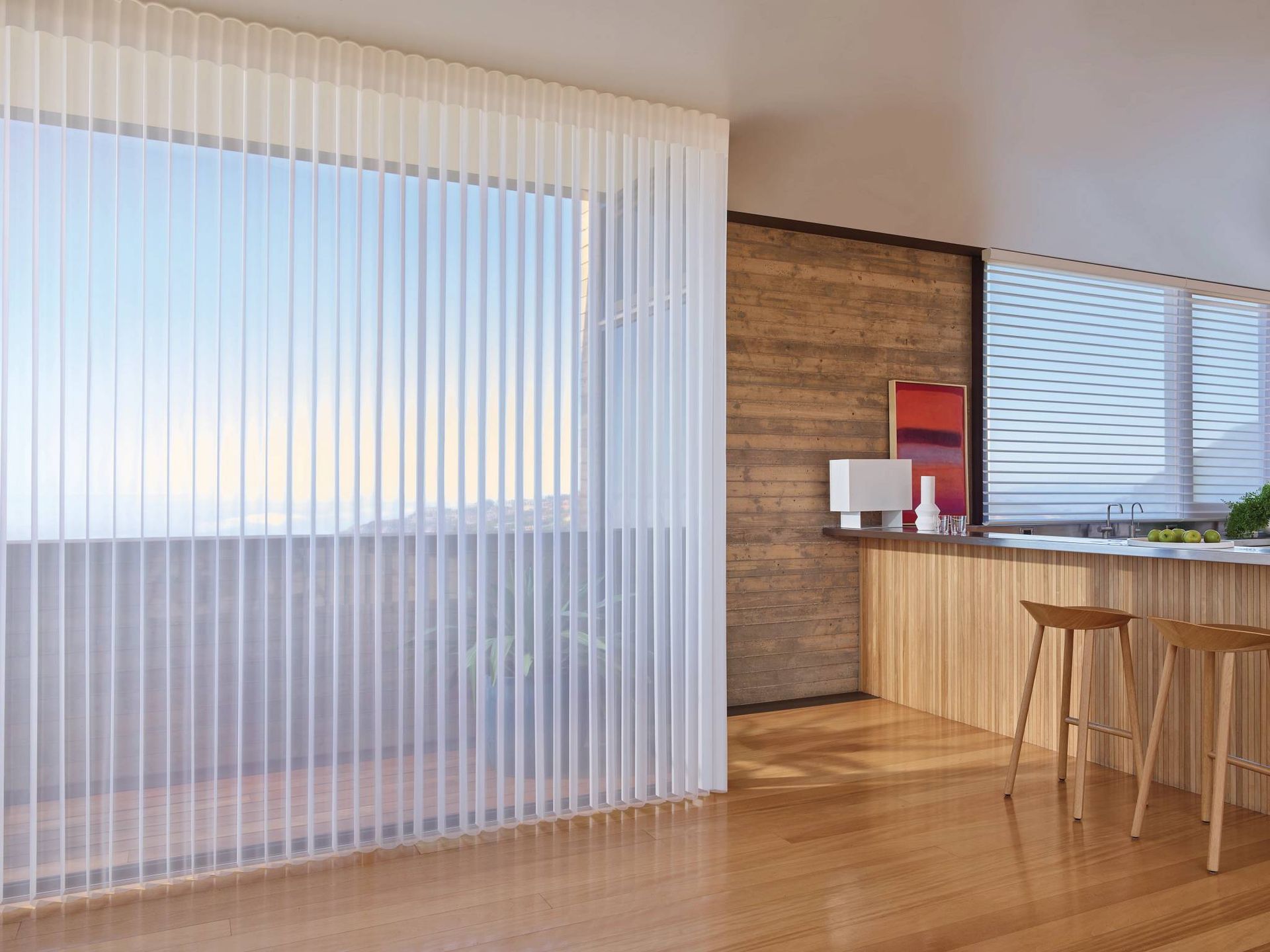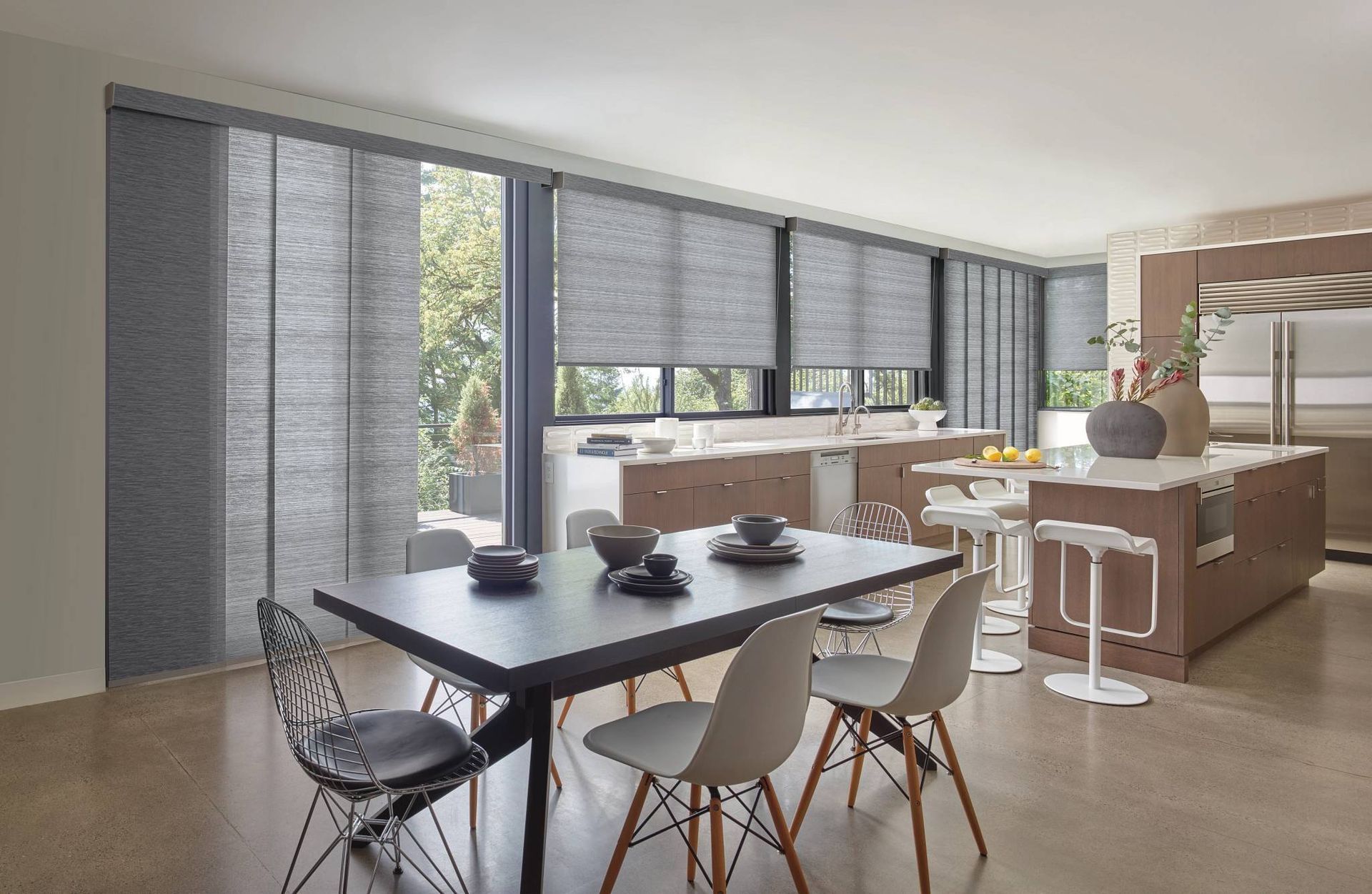Defining the Differences Between Curtains and Drapes
Are you interested in drapes, or curtains? Many people assume these terms describe the exact same type of window treatment, but that’s a common misconception.
At Alexander Blanks Fabrics & Design, our design pros compare these separate categories to help you decide which suits your design goals and practical needs. Who knows? You might want both. Our custom drapery team is here to make it happen!
Curtains vs. Drapes
While curtains and drapes have similarities, we can help you understand the differences that affect everything from the amount of light entering your room to the overall formality of the space.
Fabric Weight and Construction
The first dividing line in the curtain vs drape debate is fabric weight. Curtains are generally made from lighter materials, such as cotton or linen. These fabrics are available in varying opacities to let natural light filter through—though curtains can have a more sheer, delicate weight than drapery while keeping things casual and breezy; we suggest curtains for kitchens, bathrooms, and offices.
When you think of custom drapes, this generally means heavier, more substantial fabrics, such as velvet, brocade, or lined materials. That extra weight gives added light control and insulation prefect for bedrooms, formal living rooms, dining areas, or any other space where you want to block light and add a touch of luxury.
Length and Installation
Length and hanging style also set these window treatments apart. Curtains usually hang at or just below the windowsill, for a relaxed, easygoing look. They mount on simple rods with rings, clips, or tab tops.
Drapes extend from the ceiling to the floor, creating vertical lines that make rooms look taller and more impressive. Drapery panels either pool slightly on the ground or hover just above it, depending on your preference. We match them with heavier rods and decorative hardware like finials and holdbacks.
Light Control and Privacy
Your choice between curtains and drapes may determine how much natural light will fill your space. Curtains are more likely to be made from sheer or semi-sheer fabrics and may have less coverage. This allows them to filter light gently and offer little-to-some daytime privacy.
Drapery generally takes light control more seriously, with heavier fabrics and optional linings for added room-darkening capabilities. Homeowners choose drapery for bedrooms because the darkness helps them sleep more soundly. You can also add thermal linings that reduce heat loss in winter and heat gain in summer.
Design Flexibility
Curtains and drapes share a common essential feature: extensive customization possibilities. You can also opt for cafe curtains, which cover the lower half of a window for privacy while letting light pour in from above. Some homeowners prefer stationary panels that stay in place for aesthetic purposes, while others want panels that draw open and closed for flexible light control.
Both curtains and drepes lend themselves to playful patterns, bold prints, and seasonal updates, as they're easier to replace and install. Drapes are often seen as a more permanent design investment. Their structured appearance and substantial presence make them focal points that anchor entire room schemes.
How to Layer Curtains and Drapes
We can also layer both curtains and drapery with your other window treatments like a blind or shade.
Layering window treatments creates magazine-worthy home interiors, but how can you achieve that goal?
- Consider how color, texture, and pattern can affect the mood or feel of your room.
- Combine multiple elements, like pairing sheer curtains with heavier drapes, or adding drapes over blinds or shades. This strategy controls light at different levels and adds sophisticated, visual dimension to your windows.
- Getting the installation right makes all the difference. Mount your hardware at ceiling height rather than just above the window frame to maximize the layered effect and make your ceilings appear higher.
- We often install double curtain rods to hang multiple drapery layers independently so that homeowners can adjust each one separately.
Successful layering requires carefully chosen fabrics and materials that complement one another. We can help you pair custom curtains or drapes with
Hunter Douglas blinds, shades, or shutters for a rich, textured feel. For instance, sheer linen curtains framing wooden blinds create an organic, textured look, while patterned drapes over sleek roller shades add drama. Custom fabric ordering lets you match exact colors to your existing window treatments, or select complementary tones that tie your entire room scheme together.
Let’s Get to Work
Now that you get the differences between curtains and drapes, the design possibilities are endless. The Alexander Blank Fabrics & Design team will help you select the perfect combination of fabrics, styles, and hardware that matches your practical needs and personality.
We only work with trusted brands to source our wide selection of fabrics. Visit our showroom to explore books of fabric swatches or
contact us for a consultation. We are located in Lutherville and serve the greater Baltimore Metro area.


